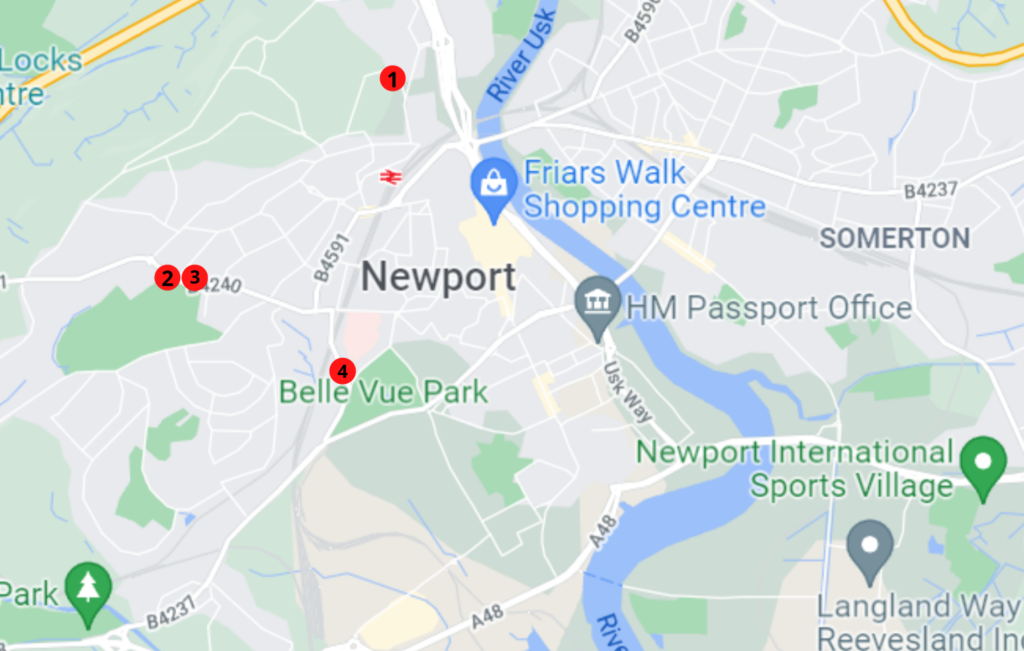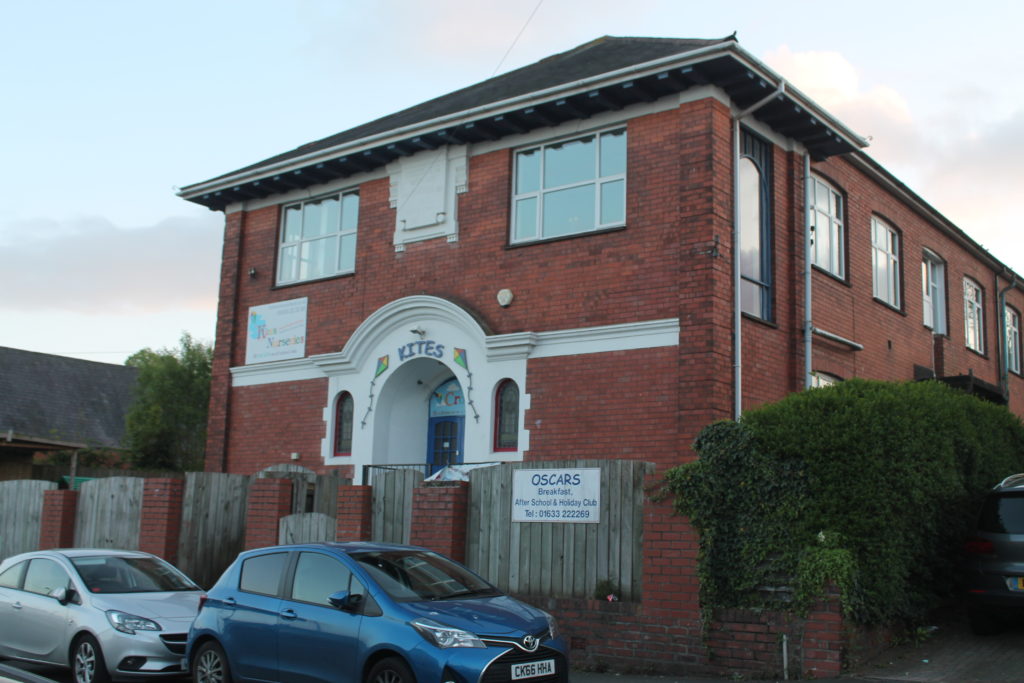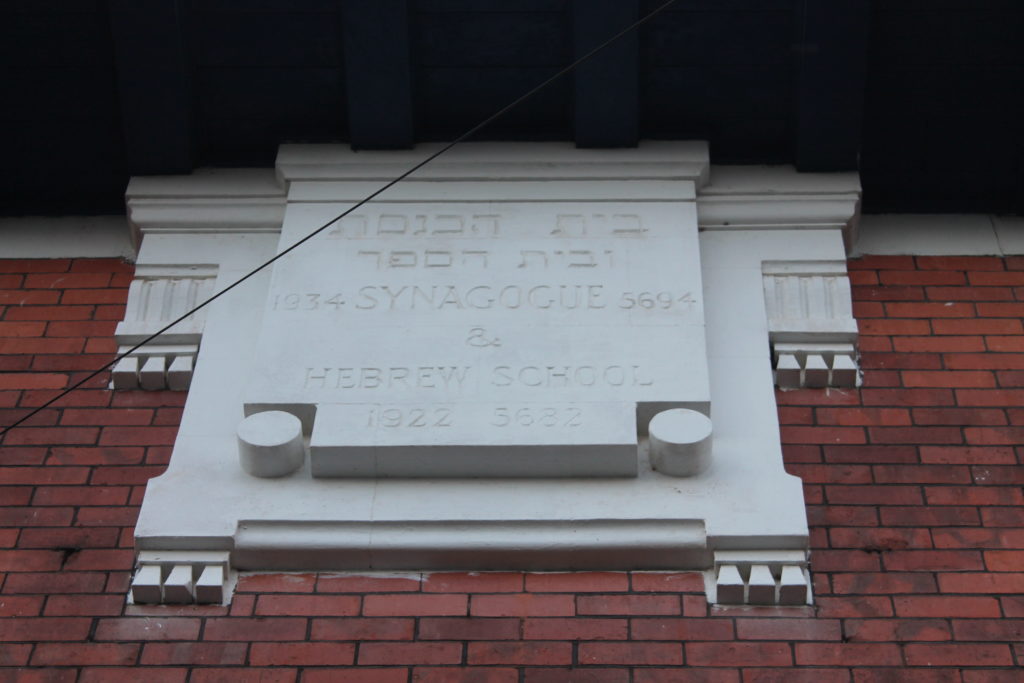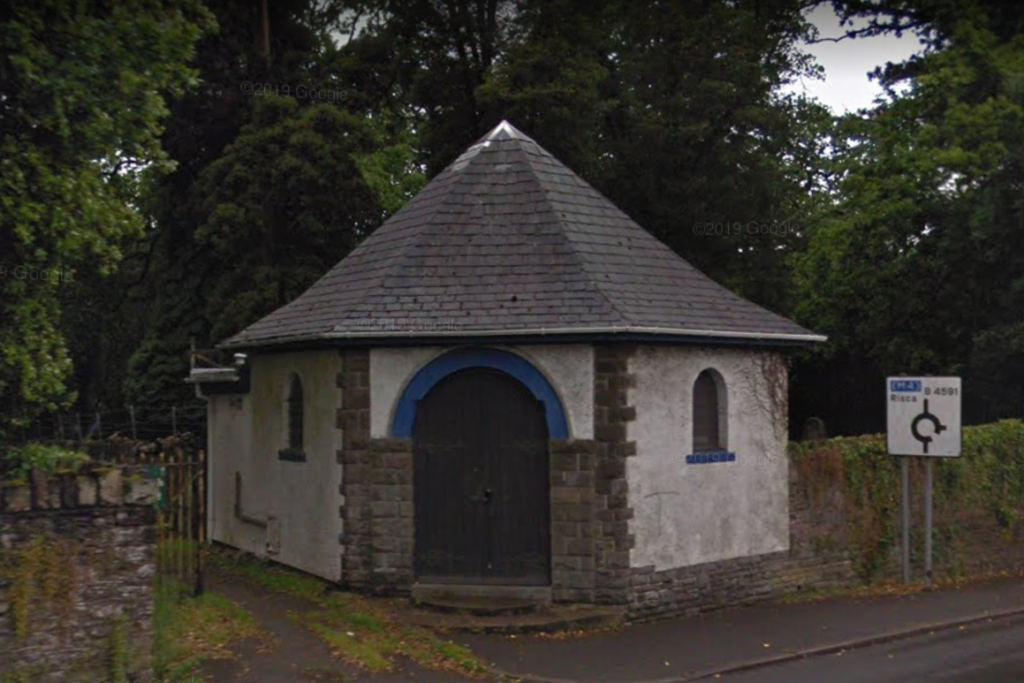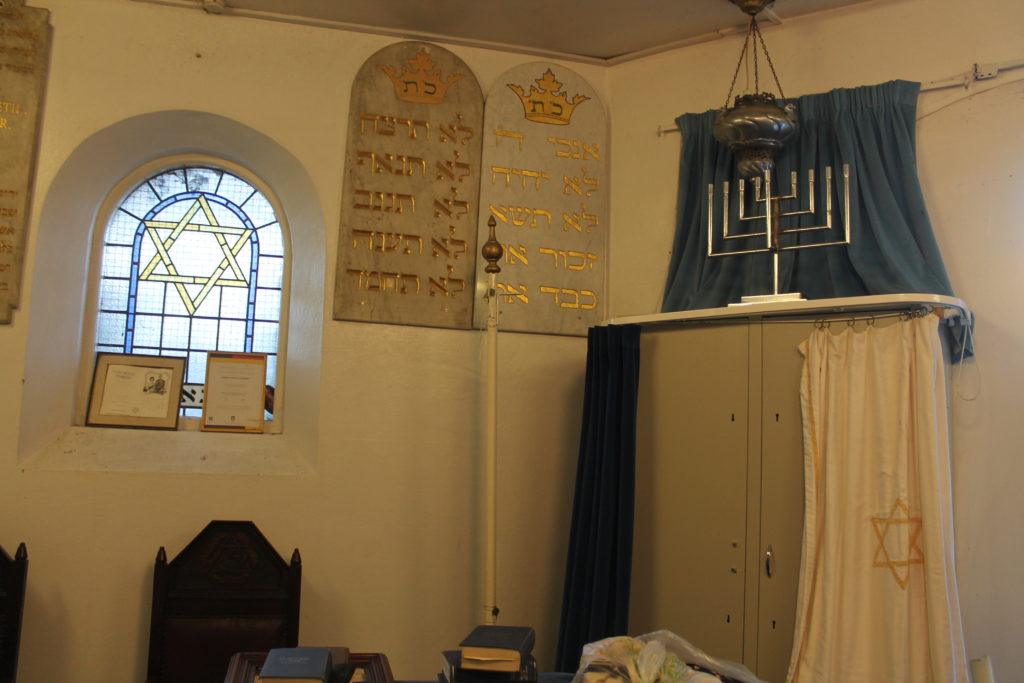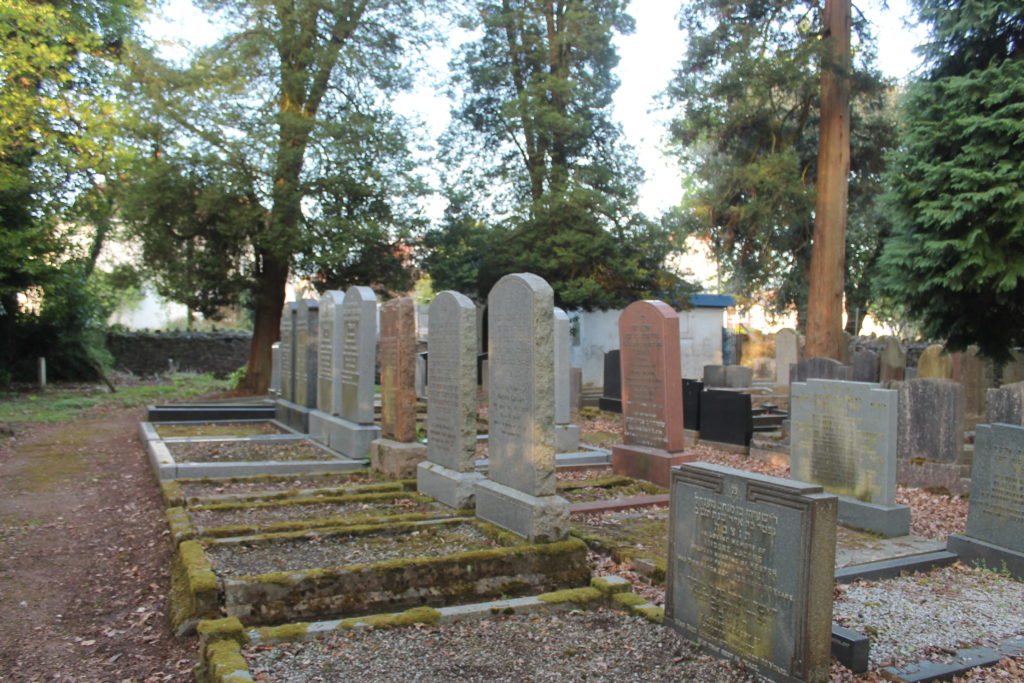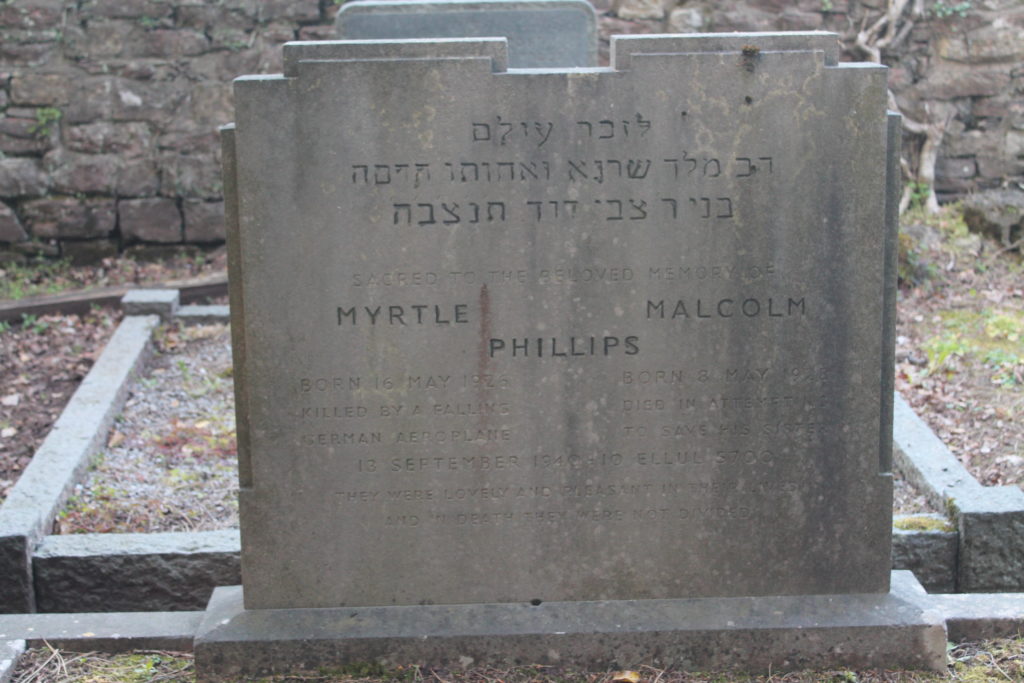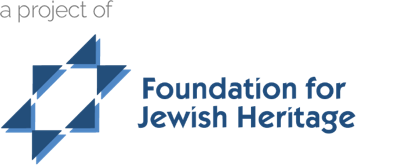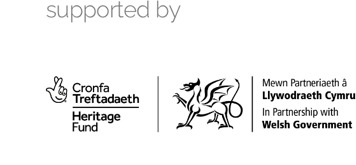
Heritage Trails – Jewish Newport
Source: Marcus Roberts, JTrails ©
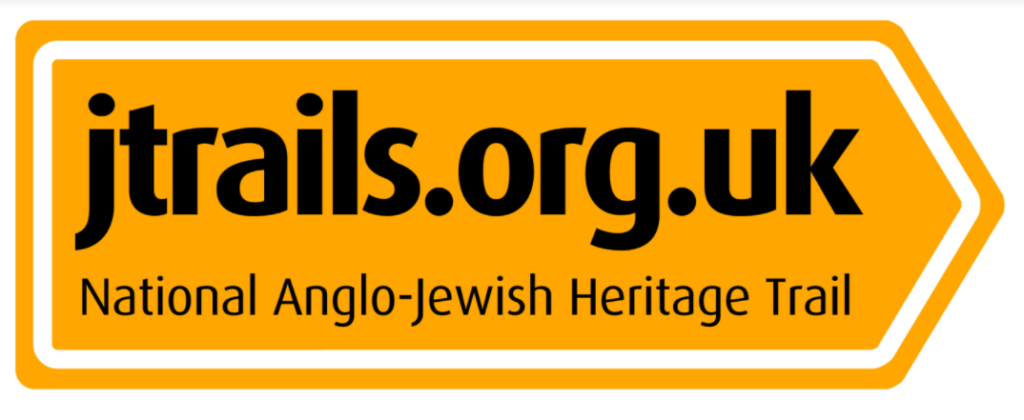
The Jewish population of Newport was at its height in 1934 when there were 250 Jewish residents, but because of the economic downturn, thereafter it inexorably declined.
The Jewish community of Newport has always been a small community and was attracted by the economic opportunities afforded by economic boom experienced by the port in the late 19th and early 20th century period, and the opening of the Alexandra Docks in 1875 – the largest masonry dock in the world. Into the early 20th century, Newport also had success with engineering works and foundries and had shops which served all of Monmouthshire.
The first Jew in Newport was present by 1810 and a small but gradually increasingly number of Jews arrived and settled until there were sufficient numbers to found the first Synagogue in 1859.
The Jewish population of Newport was at its height in 1934, when there were 250 Jewish residents, but because of the Great Depression, thereafter it inexorably declined, through death and people moving away. The decline of the docks in particular was a large factor even before the Great Depression. Local unemployment peaked at 34.7% in 1930, which would have impacted the local shop-based Jewish economy.
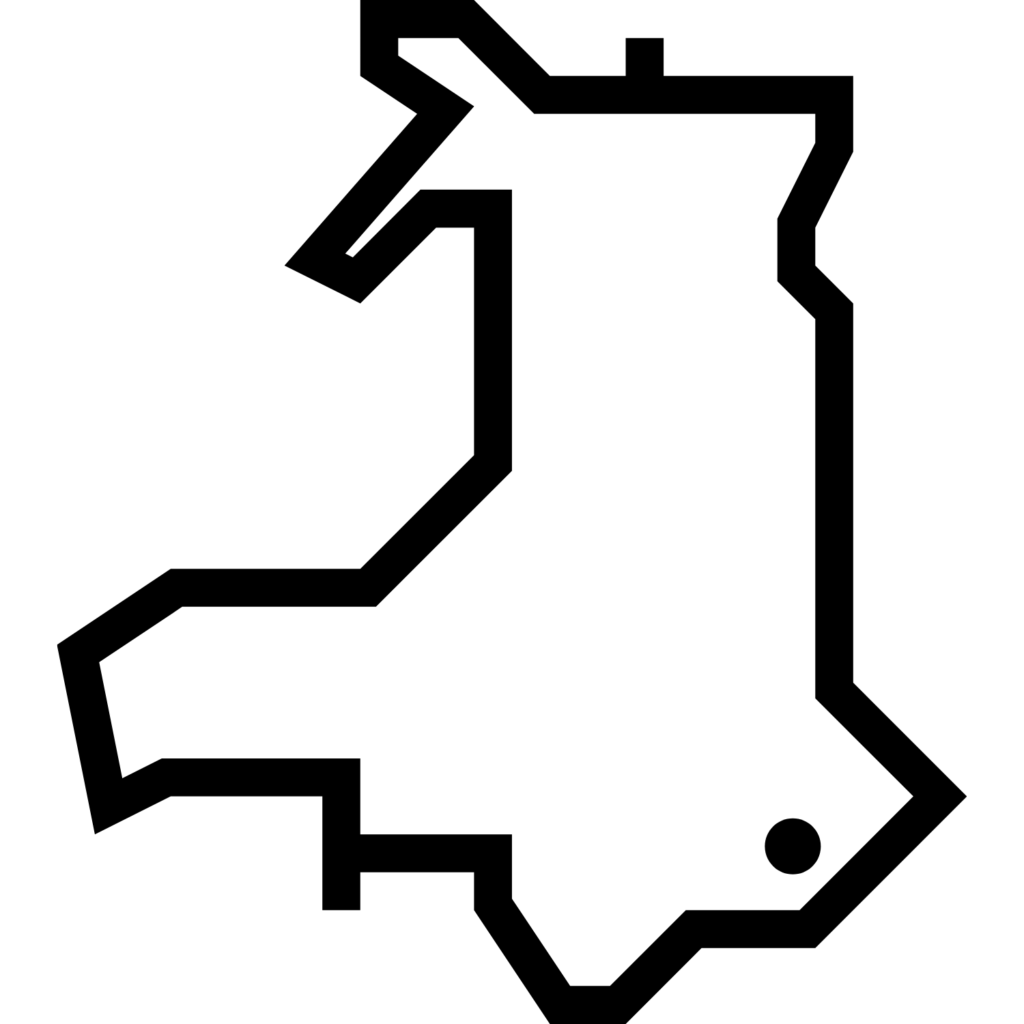
(1) Former Synagogue – 3 Queens Hill Crescent
The community moved its synagogue to 3 Queens Hill Crescent, Newport in 1934 when the community was at its zenith. The new building was a well built and large brick building, with the synagogue prayer hall upstairs and the lower floor used for a Hebrew School and the kitchens. There was also a permanent Sukkah in the grounds for the Jewish festival of Sukkot.
The Rabbi lived in a house not far away and many of the congregants lived in the surrounding streets, and the local school was where many of the community were educated.
The Newport Jewish Literary and Social Institute met regularly at the synagogue. From 1902 they were able to host leading Jewish speakers of the time, such as Rev. A . A. Green, Rev. Polack and Norman Bentwich. The institute also featured female speakers and tackled topics such as female sufferage.
Larger dances and socials tended to be held elsewhere, such as at the King’s Head Hotel in 1909. The Newport Zionist Association also met in the School Room at the synagogue in the same era.
The synagogue remained in use until about 1999 when it closed because it was too large for the requirements of the congregation. This led to the former Ohel being converted and used as the new synagogue. This served the community purposes well until it became defunct.
The Queens Hill building has been converted and is now Kites Nursery. From the street, the synagogue inscription above the door is clearly visible and stained glass lancets with Stars of David flank the entrance door.
(2) Newport Synagogue – Risca Road
The last Newport Synagogue is now located away from the centre of Newport, in a suburb, on the edge of one of the largest municipal cemeteries in the UK, which is widely used as local recreational area. The synagogue and its attached cemetery is set in attractive woodland, that is known universally by local people as ‘Jews’ Wood’.
The now recently redundant synagogue was the Ohel at the Jewish cemetery of 1859 which was extended in 1928. The converted Ohel was used as the synagogue from about 1999 until 2006. Adjacent is the old cemetery which is set in attractive woodland and is part of Jews’ Wood. A public access path leads alongside the old cemetery and the synagogue to the second new cemetery of 1946, which is fronted by a modest brick Ohel. The brick Ohel of 1950 looks as if it had been constructed by community members under the post-war rationing of building materials, and has a number of stained glass windows and large double doors looking out onto the cemetery which slopes downhill from the Ohel.
The synagogue is a small building of considerable character. The main part is hexagonal with an entry direct onto the street and then there is an extension leading to the doors directly into the cemetery, as well as another small extension for utilities. There is a shallow plaster dome forming the ceiling and the small windows have stained glass. The synagogue is currently set-up for worship and most, but not all of its appurtenances and books, are still in the building, and many of these are from the previous two synagogues in Newport (some of the original prayer books, published in Russia are still present), though the Torah scrolls have gone to Nottingham and the silver has been given to Chabad in Bristol.
Interesting items retained in the synagogue include the 4 cast-iron Chuppah poles and the original canopy (and Ark Covering) is retained as well. There are two Warden’s chairs made of oak and include prominent Star of David carvings, and they could be either Victorian or Edwardian. There are multiple dedication plaques, some of significant age and importance, as well as framed pictures and certificates. There is also a good range of synagogue ephemera in evidence too, including tickets for the Newport Jewish Literary Society and Zionist Association.
(3) St Woolos Cemetery – Risca Road
The old cemetery adjacent to the synagogue has its own distinctive, though conservative, Ashkenazic monumental style and is well laid out and maintained. It contains four war graves and the Commonwealth War Graves Commission makes a small subvention each year for their maintenance. The cemetery contains widely spaced trees, which effectively makes this a woodland cemetery.
The cemeteries are locked and access has to be arranged with the community.
(4) Home of Myrtle and Malcolm Phillips
On 13th September 1940, the Phillips family home at Stow Park Avenue was struck by a downed German Heinkel bomber. The Phillips children, Malcolm 17 and Myrtle Phillips 14, did not survive the fire that engulfed their home.
The wording on their gravestone is as follows –
Myrtle Phillips
Born 16th May 1926
Killed by falling German aeroplane
They were lovely and pleasant in their lives and in death they were not divided
Malcolm Phillips
Born 8th May 1928
Died in attempting to save his sister
